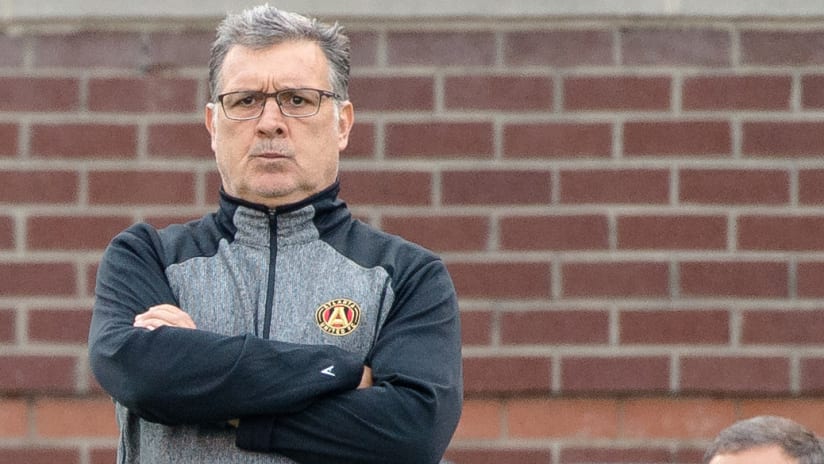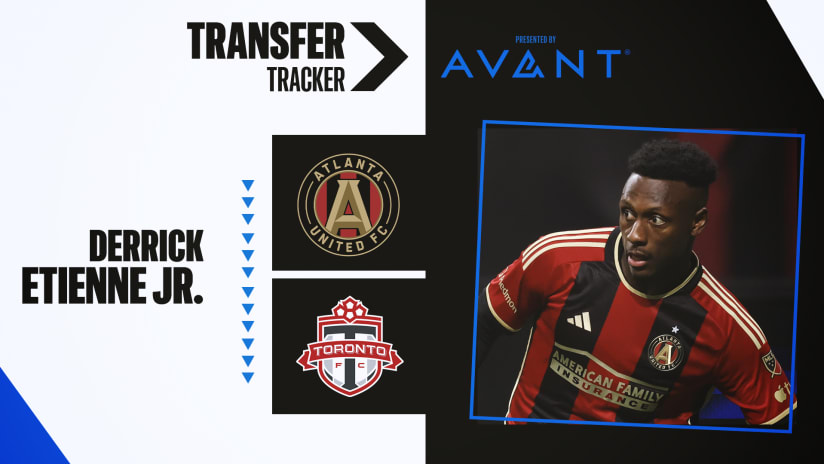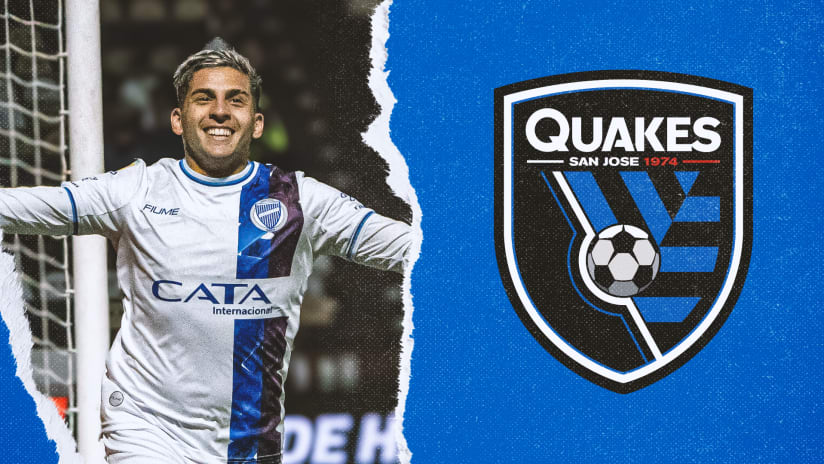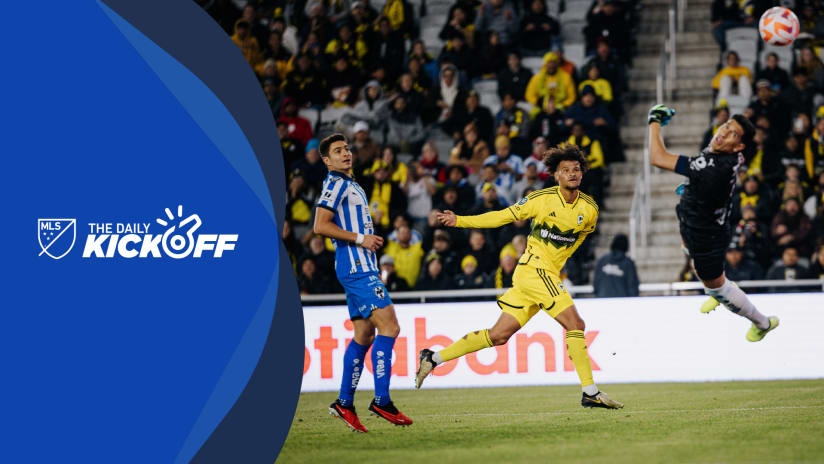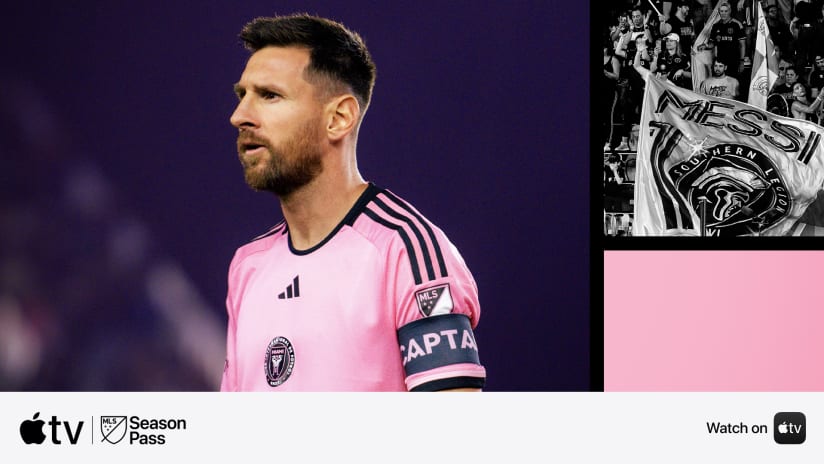Each week, Sam Polak breaks down the top coaching moves in MLS from the previous week. Here are his top five from Week 16.
5. Porter’s lineup decisions
For the first time this year Caleb Porter opted for starting the combination of Dairon Asprilla at winger and Darlington Nagbe at central midfielder.
Coming into this season, there was a lot of discussion about Nagbe playing in an attacking role on the left, and the Timbers have held true to this decision. With David Guzman suspended due to yellow card accumulation, Porter turned to Nagbe to fill a spot in the center of the field. Despite a 2-1 loss, the Portland Timbers dictated the terms of the match significantly more than their opponents, the Colorado Rapids.
In this setup, Nagbe worked well with Diego Chara to cover defensively. And Portland was still able to create opportunities for Nagbe to cut in from the left, just as if he was officially playing as a winger.
What’s more, though, the Timbers gained the ability to find Asprilla 1v1 out wide ,where his unique athleticism created a dynamic for the Timbers that they typically do not get from other players in that role.
4. Onalfo’s adjustments
In a game that finished 2-2 and saw the LA Galaxy come from behind twice, it was Curt Onalfo’s defensive adjustments that landed him at No. 4 in this week’s rundown.
The Houston Dynamo’s attack put a lot of pressure on LA, in particular over the first 45 minutes. Below we see the problems Houston created despite their numerical disadvantage — Galaxy players unsure who should step when and where, which forced even the likes of Gyasi Zardes to defend alongside a center back.
Seeing that the Galaxy were having trouble with their defensive organization, Onalfo and his staff did a tremendous job making sure everyone was on the same page for the start of the second half.
LA were a different team from a defensive standpoint in the latter 45. As seen below, players were keener in understanding their individual defensive responsibilities and how to work together collectively.
Thanks to their defensive corrections, the Galaxy were just a 74th-minute Rafael Garcia slide tackle away from preventing Houston’s second goal and quite possibly coming out of this game with three points instead of one.
3. Justen Glad is back
Coming off a 6-2 defeat to FC Dallas on June 3, Real Salt Lake head coach Mike Petke laid into his team, saying that players would be "fighting like dogs" for spots.
Part of the reasoning for this was the return of four players from the US Under-20 national team that had completed their run at the U-20 World Cup. With their return, along with Jefferson Savarino and players from injury, Petke opted for six changes on Saturday when RSL beat Minnesota United FC1-0.
The most influential swap was re-introducing center back Justen Glad. Between his injury and time with the U-20 national team, it would have been easy to bring him back too early or too late. But the RSL coaching staff did a great job timing his return for maximum impact.
Between his deft distribution, aerial challenges and alert defending, Glad’s play made RSL look like a different side.
Salt Lake fans are hoping this can be a turning point in their season.
2. Chicago’s back five
Veljko Paunovic’s plan to have Bastian Schweinsteiger drop in and join his squad’s back four when the New England Revolution were attacking proved pivotal in the Chicago Fire’s 2-1 win.
The Fire played a 4-3-3 formation when going forward that became more of a 5-3-1-1 defensively.
This scheme meant that Chicago were often able to defend the wider parts of their defensive third with three players — a center back, an outside back and one of their three midfielders. And they were able to do so while still keeping another three players central — their other two defenders and Schweinsteiger.
More often than not, as seen above, this forced New England into a turnover. Or as seen below, to have play the ball negatively.
1. Atlanta’s creativity to generate counters
Atlanta United entered the week having conceded five goals and only scoring one over their two previous league contests. And though there were a couple nervy moments, Atlanta got back on track with a 3-1 win over Columbus Crew SC on Saturday.
The Five Stripes got their first goal from pressing in the attacking third and causing a turnover. But Tata Martino’s side ultimately pulled ahead by adjusting their gameplan to win the ball back deeper in their own half, in order to invite Columbus forward and then create counterattacking opportunities.
Later in the game, having Carlos Carmona and Jeff Larentowicz retreat to sit in front of the backline, Atlanta’s six players behind the ball were just one interception and pass from sparking a dangerous attack going the other way — which is exactly what occurred below.
Similarly, the commitment to retaking possession with the aim of finding Miguel Almiron in space behind Columbus’ midfield from the same six players created the goal below just minutes later.
Tata Martino found a clever way to defend a crafty Crew SC team without having to sacrifice the counterattacking style of soccer that suits Atlanta so well.

